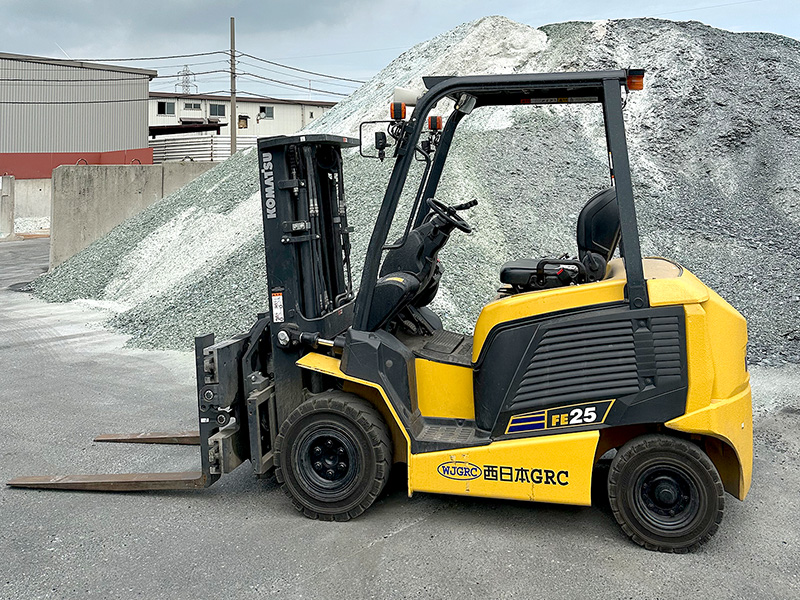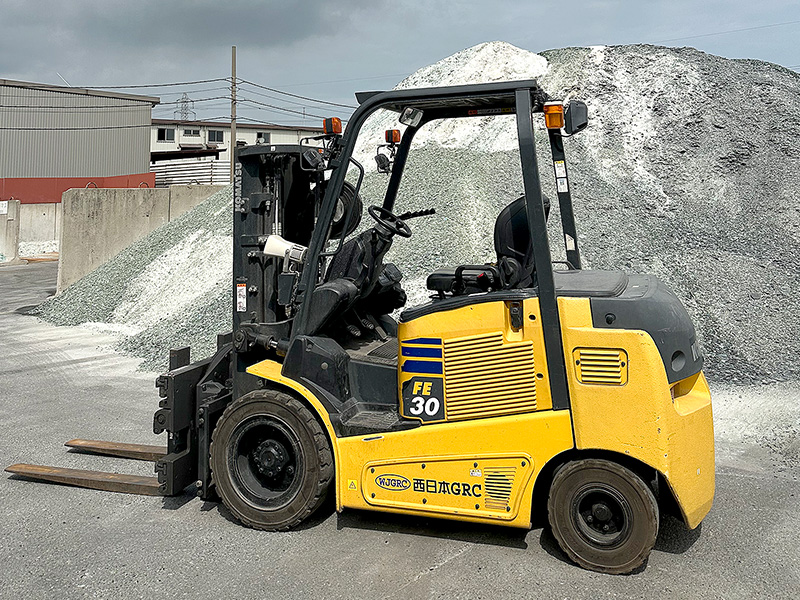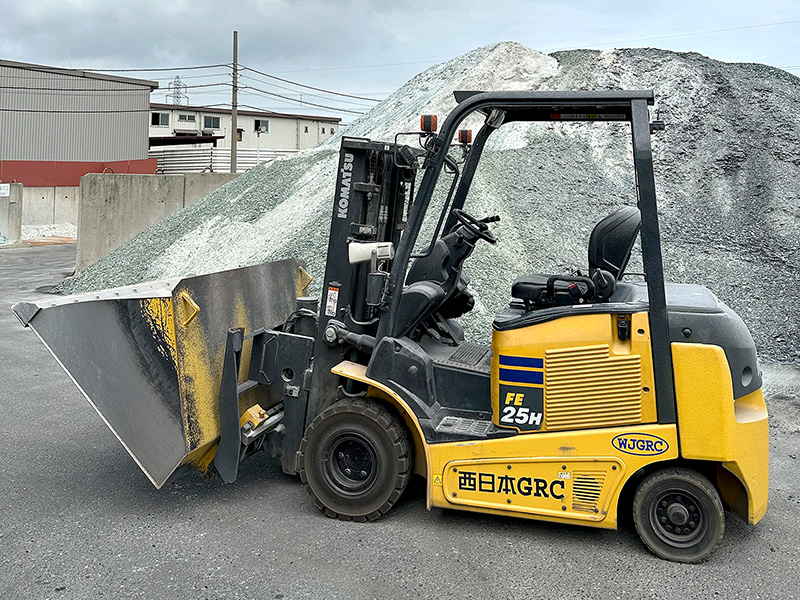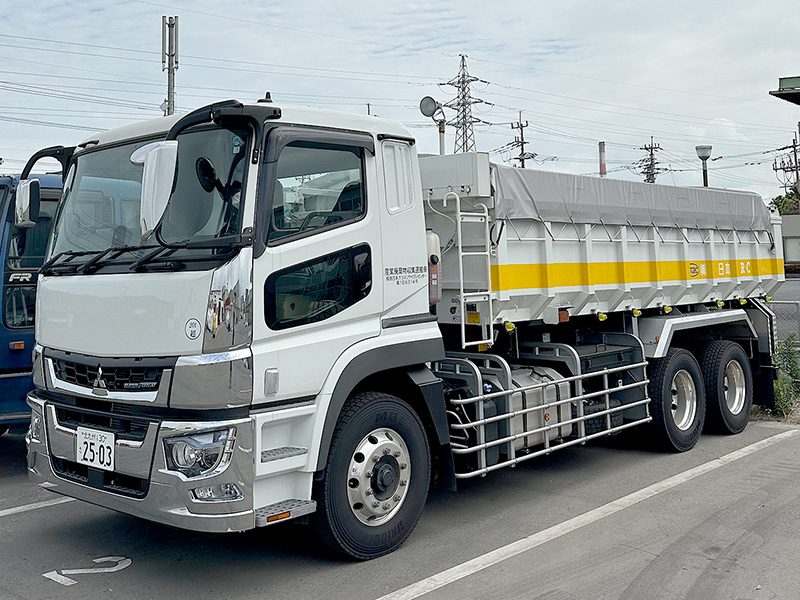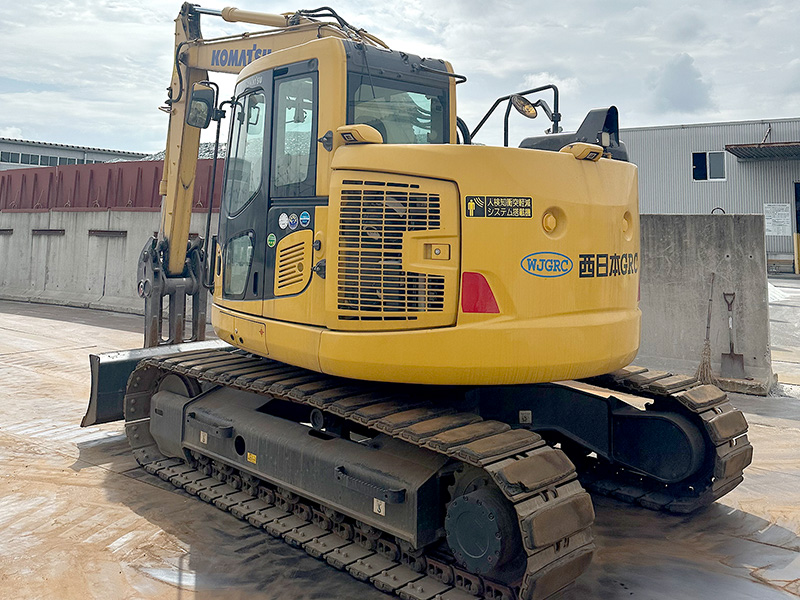Environmental initiatives
- TOP
- Environmental & CSR initiatives
- Environmental initiatives
The current state of glass recycling
In recent years, many initiatives to apply the 3 Rs of ‘Reduce, Reuse & Recycle’ to waste materials have appeared and the term ‘recycling-based society’ has become increasingly well-known.
Many of the waste materials which previously would have ended up in landfill are being sorted and recycled.
On the other hand, in the drive for ever more convenience, the diversity of materials used in products has increased as their size has decreased and there are more and more waste products to which it is difficult to apply the 3 Rs.
Among these, the majority of glass products, which are easy to deal with since they do not decompose, are still being disposed of in landfill.
Thermal recycling, whereby the thermal energy produced when waste is incinerated is collected and used, is one way to recycle glass, but even though the volume of some of the other substances attached to it can be reduced to some extent, the glass itself is incombustible and much remains, destined for landfill.
As a result, the capacity of final disposal sites is rapidly decreasing day by day.
As it becomes more and more difficult to secure final disposal sites, the inability of glass recycling technology - although continually evolving and diversifying - to keep up is one contributing factor.
West Japan Glass Recycle Center’s initiatives
With our own nationwide network of cullet wholesalers, we share recycling technology and strive to innovate, in addition to pro-actively taking part in experimental research with local independent administrative agencies and educational institutions, and implementing and establishing new technology.
Electric vehicles as a global warming countermeasure
As part of our efforts towards carbon neutrality (reduction of greenhouse gas emissions) we have switched to or introduced new low-emission and electric vehicles and heavy equipment. We have also shifted to procuring clean energy for a portion of the energy needed to power them in order to reduce reliance on fossil fuels.
According to the 26th UN Climate Change Conference (COP26), depending on conditions, this can bring a 16-18% reduction in CO2 emissions compared with power generation using natural gas or coal.
